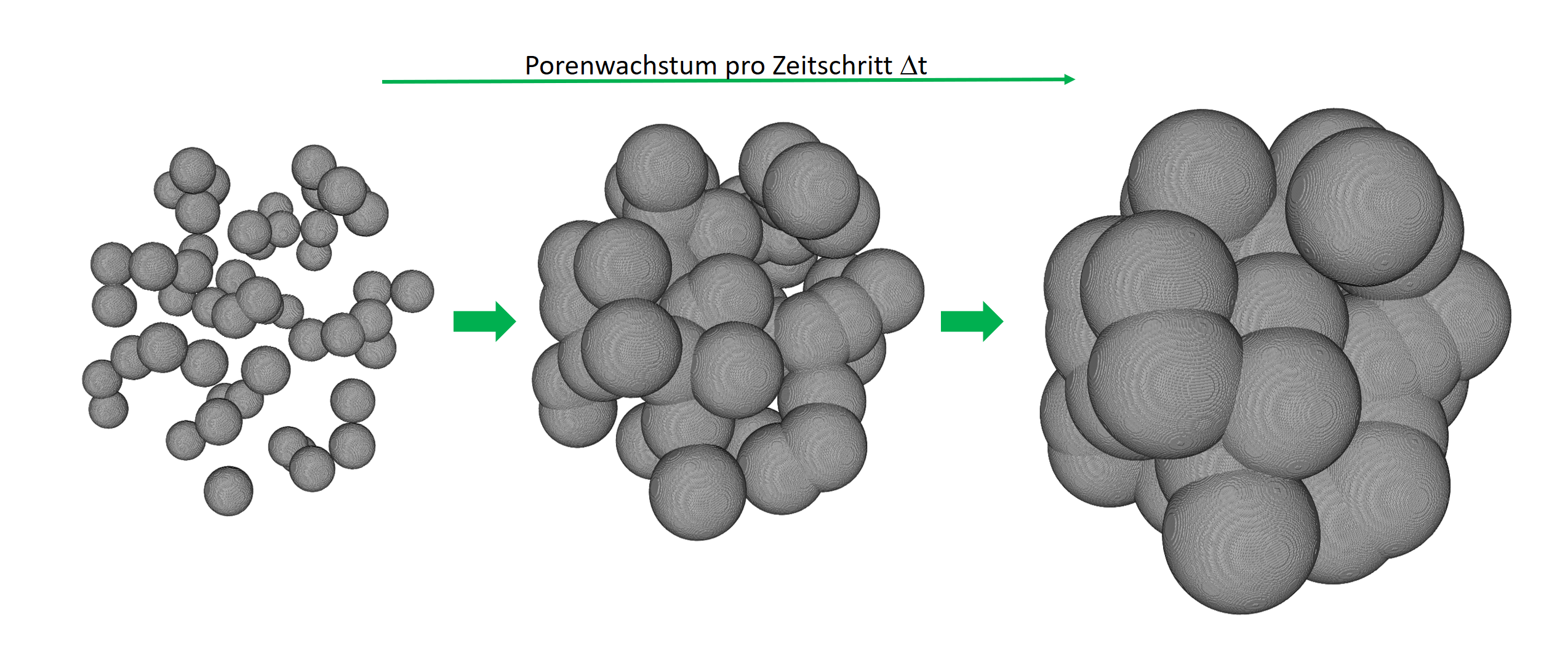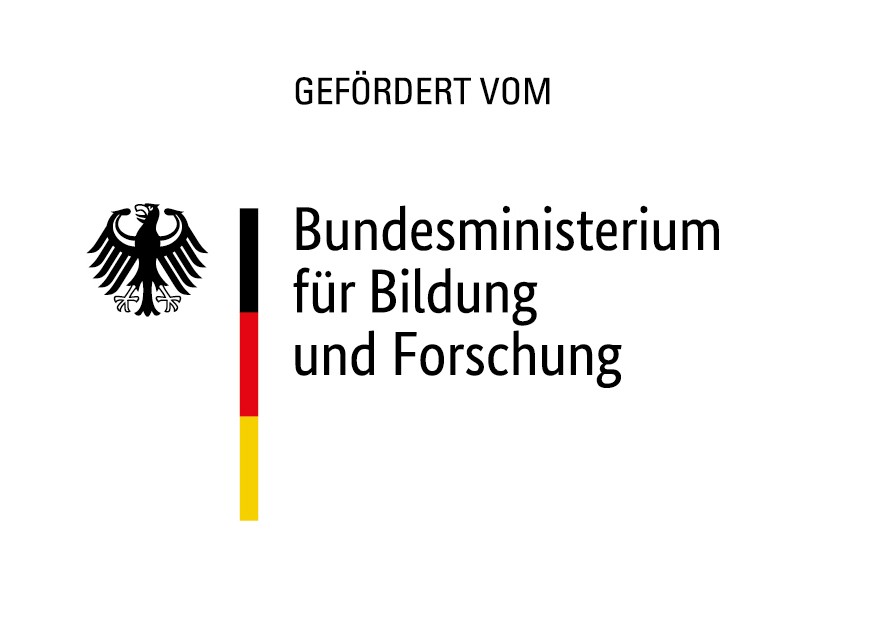Synchrotron tomography is characterized by extremely brilliant X-rays, which enables almost artefact-free imaging. Furthermore, a very high resolution can be achieved by using specialized X-ray optics and the special design of synchrotron facilities also enables fast in-situ experiments, i.e. 4D tomography. The combination of these properties enables high-resolution computer tomography on objects where conventional laboratory CT fails. At the same time, this also generates enormous amounts of data that usually cannot be processed by the end user, pushing even the operators of the synchrotrons to their limits.
The overall goal of the KI4D4E project is to develop AI-based methods which can be used by end users to process the enormous amounts of data in such 4D CT measurements. This includes the improvement of image quality through artifact reduction, the reduction and accessibility of the data for end users to support them in interpreting the results.
The project focuses on the topics of artefact reduction, segmentation and visualization of large 4D datasets. The resulting methods should be applicable to data generated by both photon and neutron sources.

